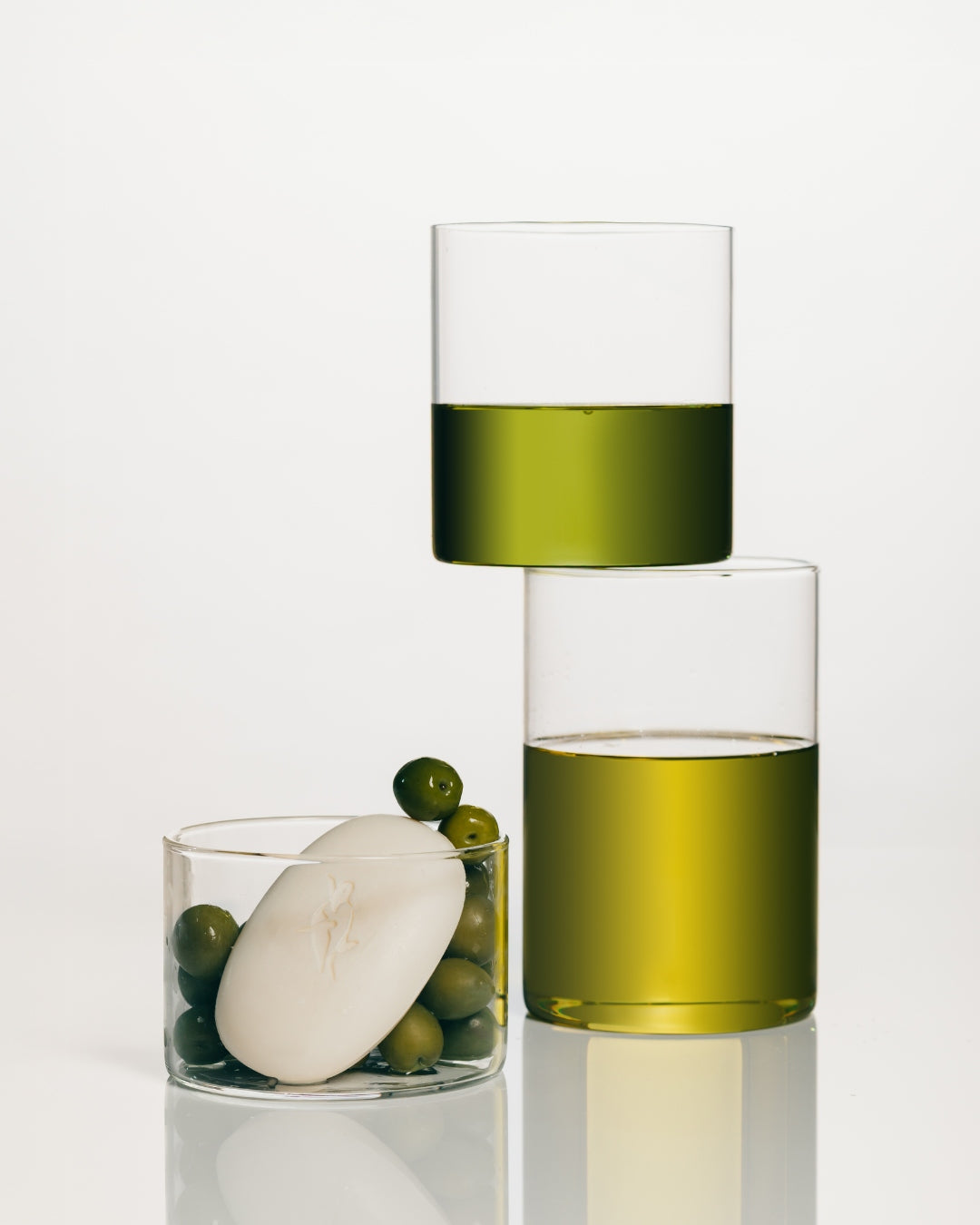Water is a one of our planet’s most precious resources, and with many regions facing water scarcity, conserving it is vital. Using less water has multiple benefits for the planet – it reduces the need for extracting water from rivers, decreases the amount of wastewater produced and treated, lowers energy needs for treating and transporting water and reduces greenhouse gas emissions. With utility bills on the rise, saving water is also good for your budget. Here are some simple ways to reduce water consumption at home.
1 - Fix leaks in the bathroom and kitchen
One of the most significant ways to conserve water is to fix leaks in your home. Even a small leak can waste a lot of water over time. For example, hot tap leaking at the rate of one drip per second wastes a whopping 6288 litres of water every year. Check for leaks in your toilets, taps and pipes. Here’s a handy trick for testing for leaks in the loo - put some food colouring in the tank and if without flushing, the colour begins to appear in the bowl within half an hour, you have a leak that needs to be repaired.
2 - Turn off your taps
Always turn off taps or faucets when they are not in use. Avoid leaving the water running when you're brushing your teeth or washing dishes. Instead, turn the tap off until you need to use it again. When washing up, put your washed dishes on a dish rack and rinse them using a spray device or a pan filled with hot water, or use two basins – one for washing and one for rinsing.
3 - Take shorter showers
Reducing time spent in the shower is an easy way to save water. While the gold standard is two minutes, even by reducing your shower time to four minutes, you could slash your water usage by up to 20 per cent. You can also make your bathroom more environmentally friendly by installing a low-flow showerhead to reduce your water usage further.
 M-Production via Shutterstock
M-Production via Shutterstock
4 - Wash full loads of dishes or laundry
When doing laundry or running your dishwasher, make sure to only run full loads. This will help you conserve water and save on your water bills. Use cold water and shorter economy cycles for washing – it will still get the job done. When upgrading your appliances, opt for water-efficient models.
5 - Use low-flow fixtures
Consider using low-flow fixtures in your home, such as showerheads and faucets. They use less water than traditional fixtures but still provide good water pressure. Low-flow fixtures can significantly reduce your water usage and lower your bills too.
6 - Re-use water
Consider reusing water in your home. For example, you can use leftover cooking water to water your plants or garden. You can also collect rainwater in a tank or barrel and use it to water your lawn or garden. Use buckets to collect water from your washing machine’s final rinse cycle, or from your shower or bath. You need to use low-sodium cleaning products to do this, and it’s best to use up the water within 24 hours.
 Kathie Nichols via Shutterstock
Kathie Nichols via Shutterstock
7 - Don’t overwater your garden
Water your lawn and plants only when necessary, and make sure to water early in the morning or late in the evening to reduce evaporation. If the forecast is for warmer weather, water your plants the night before so the water has time to penetrate soil and be absorbed by plants. Other ways to make your garden more eco-friendly include using native, drought-resistant plants in your garden to reduce your water usage, and use mulch or compost to reduce the need for watering. Use leftover water from your reusable water bottles to water indoor plants.
8 - Save water when flushing
If you can, install a dual flush in your toilet if you don’t already have one. Another option is to use a cistern-displacement device in your toilet tank. This reduces the amount of water used for each flush. You can do a simple and cheap hack which involves filling water bottles with pebbles or sand, screwing the tops back on and placing them carefully in the tank.
9 - Conserving water in the kitchen
When boiling the kettle, only boil as many cups of water as you actually need rather than filling the whole jug. Steam vegetables rather than boiling (this also helps retain more nutrients) and if you do boil, use any leftover water as the basis for homemade stock.
 Andrey_Popov via Shutterstock
Andrey_Popov via Shutterstock
10 - Buy products that are water-efficient
Every dollar you spend is a reflection of your values. Another way to save water is to purchase products for your home that don’t use excess amounts during manufacture. Our eco-friendly toilet paper is made from bamboo and 100% recycled paper, which uses far less water than conventional toilet paper. Plus it looks great in your bathroom too!




